Clan Dunbar International is a group which was set up in the United States in 1977 by Robert Bruce Dunbar. It was incorporated in the state of Florida in 1982 as a clan society There have been seven chieftains and the present one is David C Dunbar. It is a group of people with the surname Dunbar, or who are related to Dunbars. Many of them believe they are descended from the ancient Dunbars, six of the chieftains were, or are descended from Robert Dunbar of Hingham, but many people will have gained the surname after 1435. It was not unknown in the 18th century for foundling children to be given the name of their birthplace. The clan does have a DNA testing system, and some have certainly established links. They do all have a great interest in family history and some have come to Dunbar on several occasions.
It was also suggested when I started this exercise that I should give some early history of Dunbar and it seems appropriate to do so when considering Dunbar family history. I was involved with the group on their 1992 visit when, as Dunbar District Councillor I welcomed them to Dunbar. I did so again as chair of the Community Council in 2004, 2009 and 2014 and again with Pippa Swan in 2019. These visits to Dunbar are significant in their visits to Scotland and yet, are also disappointing in a sense, because the Dunbar Earldom disappeared long since and the Dunbar family vanished from the area. The confiscation of the earldom in 1435 was extremely harsh and was not particularly deserved. The Earl was a victim of King James 1’s policy of reducing the power of over-mighty subjects. We will come back to this but perhaps we should look first at the earlier period.
The history of Dunbar has several phases.
Phase 1; Pre and early history with settlements on the castle point and elsewhere. An archaeological exploration carried out before the site was developed for the leisure pool c1992 produced useful information. Evidence of very early dwellings has been found elsewhere in the area, e.g. at Doon Hill and Oxwell Mains.
We now know that there was a settlement near the castle in the Dark Ages possibly as early as 1 AD. Dunbar was part of Northumbria and St Wilfrid was exiled to Dunbar in 674 AD. The excavation turned up a fragment of a pectoral cross like that found in St Cuthbert’s tomb in Durham which had probably belonged to Wilfrid. The site of a Saxon Hall was also established during the excavation. King Kenneth Mc Alpin burned Dunbar in 849AD though the Northumbrians made a comeback. The area was ceded to Scotland after the battle of Carham on Tweed in 1018.
The archaeological; study also found parts of the pre medieval castle beneath the remains of the French Fort which was built in the 16th century by order of Marie de Guise, the mother and regent of Mary, Queen of Scots. Note that recent research has concluded that the remains on Doon Hill are not as previously thought from the Anglo Saxon period *but are much older.
Phase 2; The period of the Earls of Dunbar started shortly after William 1 of England [the conqueror] confiscated the Earldom of Northumbria in1072. Cospatrick came North and was confirmed in his northern possessions and granted Dunbar by Malcolm 111. This was a remarkable act by Malcolm because Dunbar was of immense strategic importance to Scotland. He must have had great confidence in Cospatrick or perhaps he was unable to prevent the situation which had happened. It may have seemed a fait accompli. This period saw the creation of the Burgh of Dunbar. There was probably a small baronial burgh in the 13th century but, on 8th of February 1370 David the second, King of Scots[son of Robert Bruce] granted a charter to George, Earl of Dunbar authorising him to set up a burgh with a port and customs house. This was to compensate for the loss of Berwick on Tweed whose revenues were then going to the King of England.
King James 1 confiscated the earldom in 1435. This was part of his campaign against over mighty subjects. This was a mistake because the earls of Dunbar had been a check against the Douglasses who were to prove a greater threat to the crown. The Earls of Dunbar had played important roles in Scottish history and in local affairs in the long period of their stay in Dunbar from the confirmation of the tenure by King Malcolm in 1072 until the confiscation in 1435. An earl of Dunbar was created Earl of March in the 12th century and the earls retained this title until the confiscation in 1435. this was a most important appointment. It meant that the earls were responsible for the defence and control of the East March and were in a sense the king’s deputy in the Eastern border area.
Some facts about the Earls
Cospatrick, the earl was killed at the Battle of the Standard in 1138. Patrick the 6th Earl, was a great warrior. He died on his way to St Louis’s crusade in 1248. His wife Christiana founded the House of Trinity friars in Dunbar. The next earl commanded the right wing of the Scottish army at the battle of Largs in 1263 on the West Coast, when the Norsemen were driven from the mainland of Scotland.
The earls played an ambivalent role in the period of the wars of independence. Patrick the 8th earl was one of the claimants to the throne and submitted to Edward 1. His countess on the other hand allowed the Scots lords to hold the castle but it was surrendered to Edward in 1296 in the first Battle of Dunbar.
Patrick the 9th earl was initially an adherent of the English. He allowed Edward 11 to leave from Dunbar after Bannockburn in 1314 but he was thereafter loyal to Bruce and recovered Berwick in 1318. He put himself under Edward 111’s protection after Halidon Hill in 1333 but returned to Scottish allegiance in 1334 and then remained loyal to the Scottish cause. On the other hand in 1338 Countess Agnes successfully defied the English at the siege of Dunbar for nineteen weeks. The 11th Earl played an important role in the reign of James1 and was sponsor at the future James 11’s baptism in 1430 but despite this the earldom was confiscated in 1435 and the Dunbars left the area.
The great barons were in a difficult position because many of them had lands in both kingdoms and therefore were almost obliged to play a double game. In fact the Scottish kings, as well as many of their nobles, were vassals of the English King for lands in England [The English kings had similar problems in France].
The centre of the earldom was Dunbar but the earl held wide lands from which his income came. He had vassals who supplied him with men and income. The lands of the earldom extended from Dunbar to the Border though the earl held other lands. In the period after Black Agnes’s brothers died Agnes and her husband controlled vast estates. They had no issue and the next earl did not control the Moray lands.
Later History of the castle
Phase 3; The period of the Royal ownership of the castle and the creation of the Royal Burgh.
On 16th August 1445 King James 11 established Dunbar as a full Royal Burgh and the castle became a royal castle. Dunbar but not the castle was part of the jointure of Margaret Tudor in 1503 when she married James IV. [The marriage of the Thistle and the Rose] The Duke of Albany had the block house built by Italian engineers c. 1523. It was a superb piece of work in its day.
Marie de Guise mother of, and regent for, Mary Queen of Scots, increased the garrison and built new works but they were destroyed in accordance with the Treaty of Leith in 1560. Mary Queen of Scots came to Dunbar several times and in 1567 granted a charter giving substantial church lands to the town. This meant that it was possible to develop the South West side of the High Street.
In 1567 the Scottish Parliament ordered the destruction of the castle which had been held by Bothwell. From it he and Mary had made their attempt to recover her position. She surrendered at Carberry in 1567 near Edinburgh and he fled to Denmark.
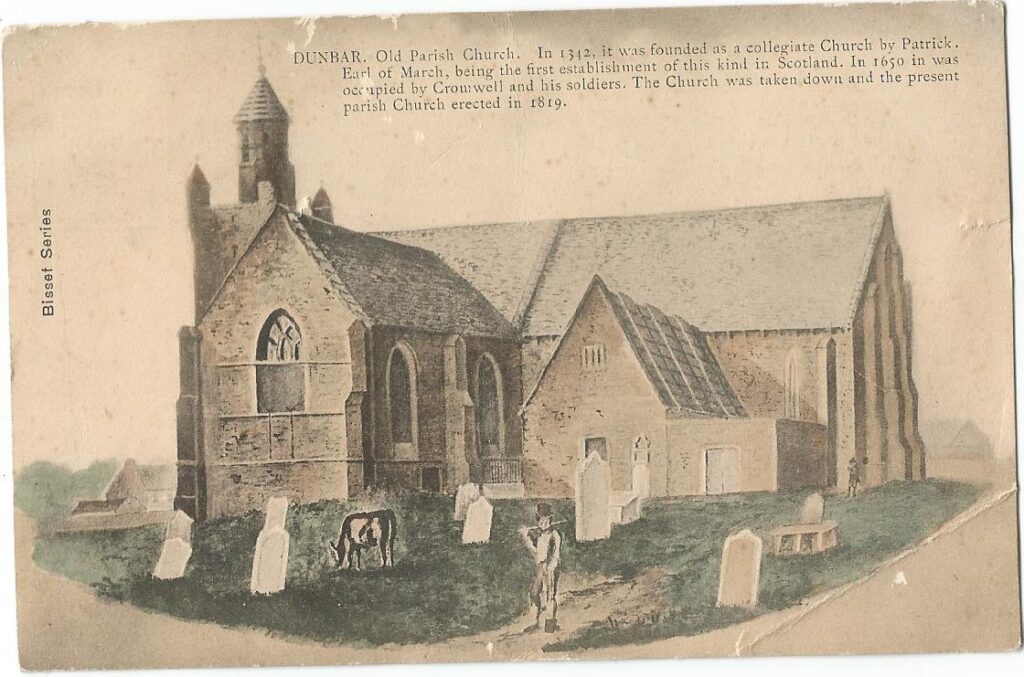
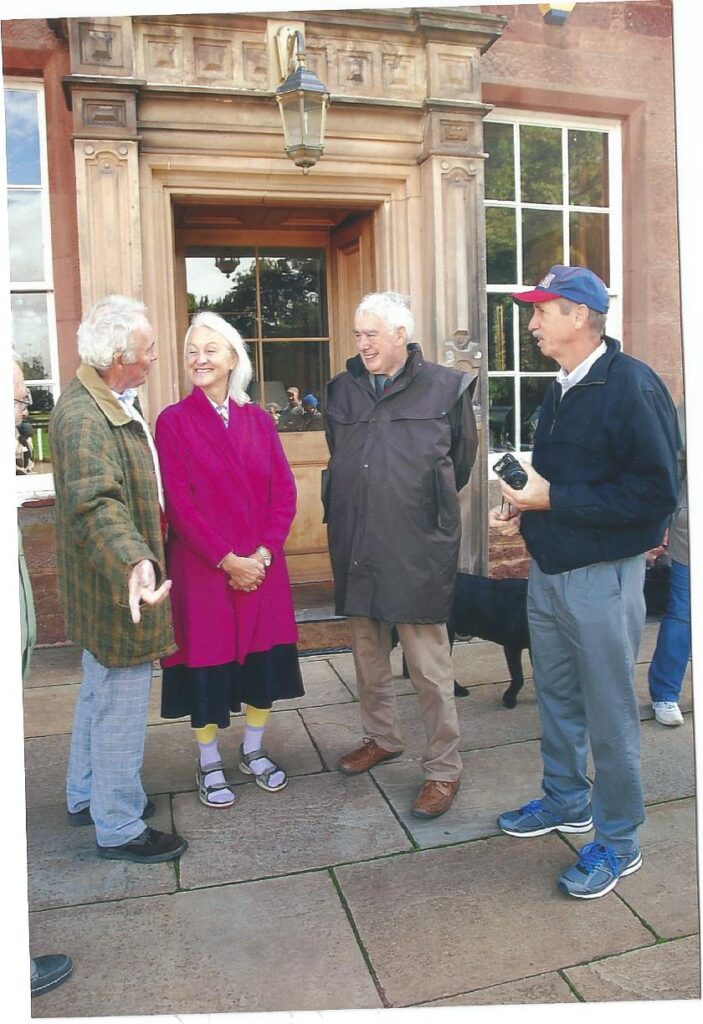
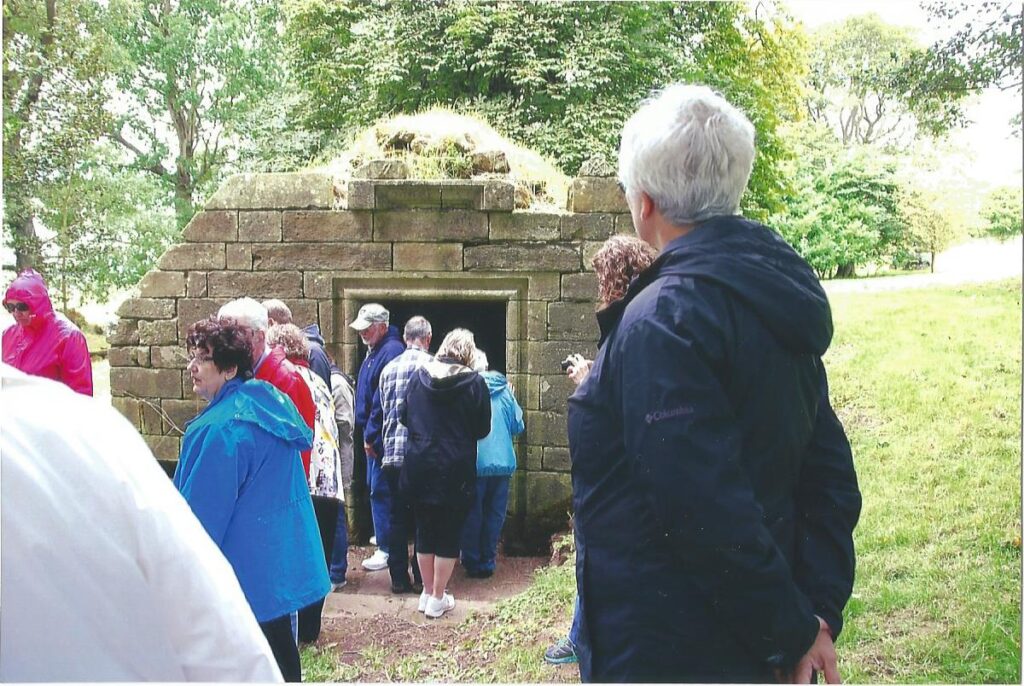
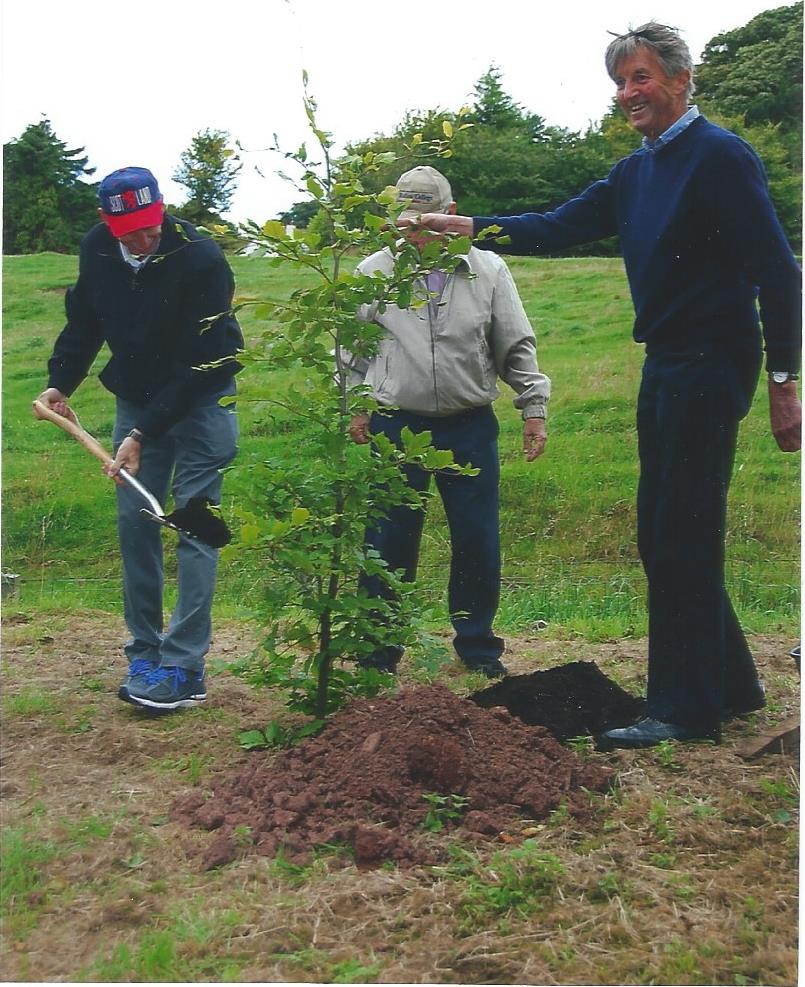
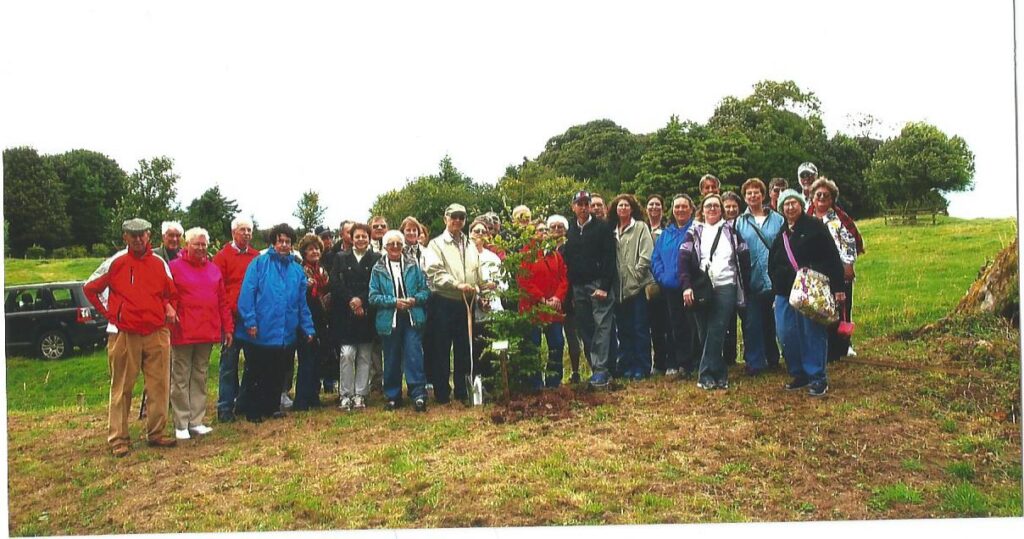
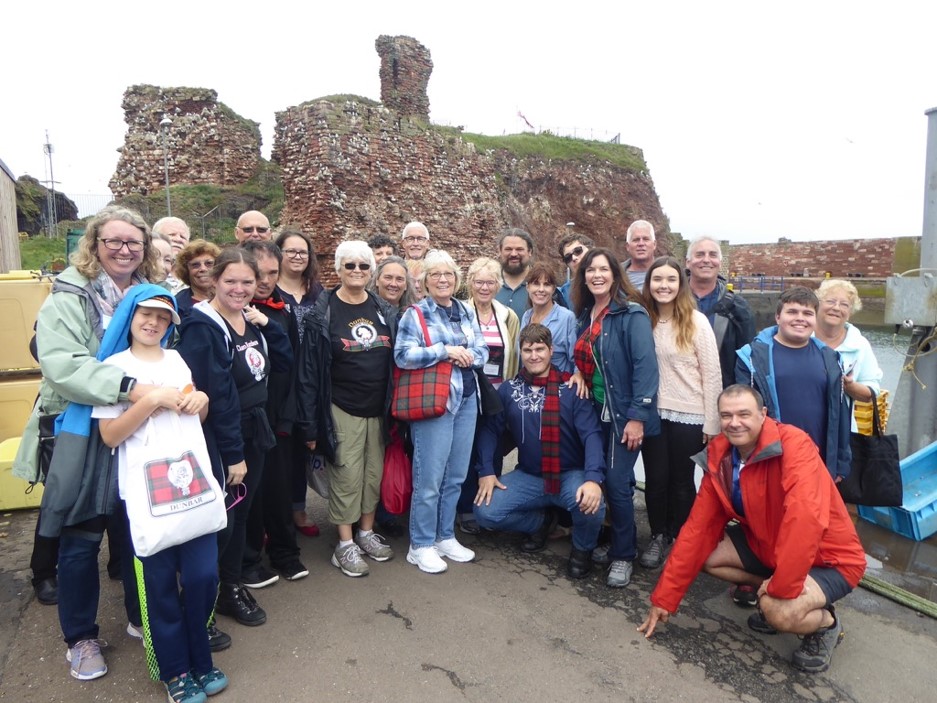
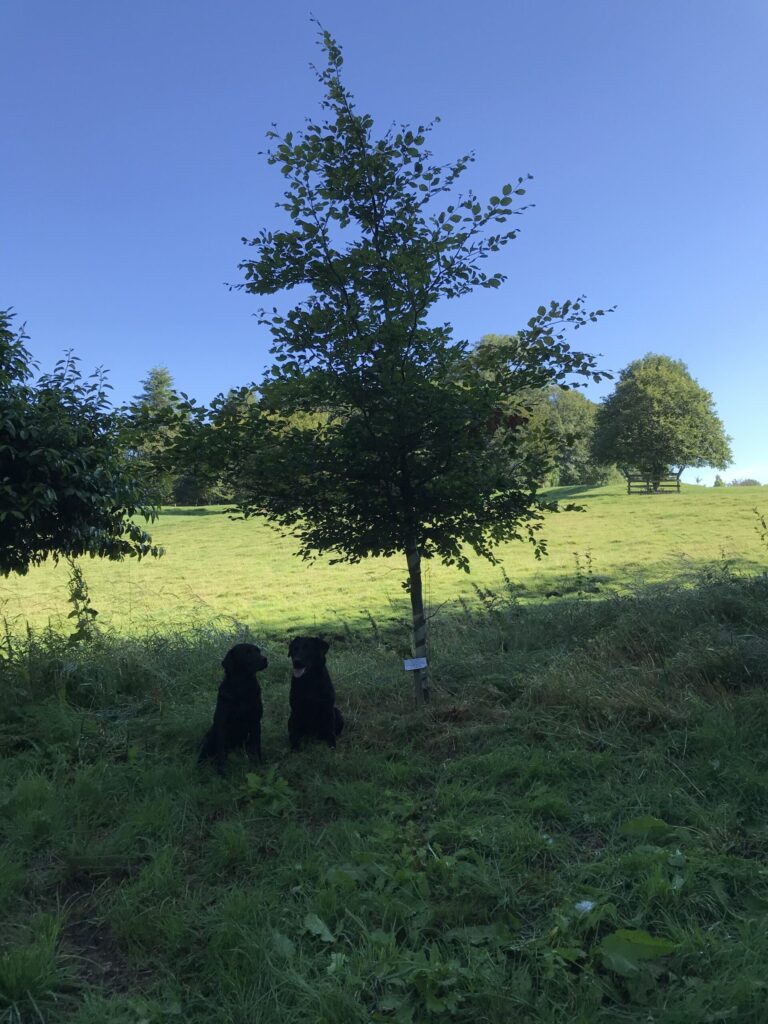

The Harbours
In between the present harbours is the earliest part of the harbour, the precarious Lamer Haven which was the original landing place. Its access from the sea is now blocked off. The Main medieval harbour was at Belhaven where ships landed on the sandy beach at high tide.
The old or Cromwell harbour was built in the 17th century. This harbour was extended in 1761 and a new quay was built in 1785. It was busy in the 18th century with trade to Europe but also with a whaling company to Greenland. The handsome barometer at the old harbour was presented to the fishermen in 1856.
The New or Victoria Harbour was built in 1842. Its construction led to the demolition of much of what remained of the castle to create a new entrance. It was very busy in the 19th century exporting potatoes to England, mainly London, There was a thriving fishing industry well into the 20th century. The Battery on Lamer Island was built in 1781 for the defence of the harbour.
In the American war of Independence there had been an attack in 1779 by John Paul Jones,then a privateer in the service of the King of France, and in 1781 by a Captain Fall [probably a relative of the then provost and leading merchant. ]
Later a fever hospital was established there which became a military hospital in the Great War [1914-18]. The Battery has now been renovated as a culture centre. By the harbour is a Propeller in memory of Robert Wilson1803-82[a local man] who invented the screw propeller in1827.
Dunbar Parish Church
The presence of the church was recorded in 1176 and Adam the parson died in 1179 Waldeve [Dunbar]was rector of the church c 1215* Its position is important as a lookout for the castle to the route to the south. It may have been sited deliberately for this reason.
It was established as a collegiate church by Patrick Earl of March & Dunbar in 1342 and this was confirmed by Earl George in 1429. It became the town Kirk of the reformed faith in 1560. It was rebuilt between 1819-22. The church, except for the main walls, was destroyed by fire on 3rd January1987.
A lucky survival in the church, much damaged, but skilfully restored, is the monument by Maximilian Colt to George Home, Earl of Dunbar 1556-1610 He was created Earl of Dunbar in 1605. It is one of the finest monuments in Scotland but like its twin at Scone was made in England. The Earl of Dunbar was one of James V1’s, principal statesmen and was responsible for the pacification of the Border and the restoration of Bishops in the Scottish church.
Clan Dunbar International has organised extensive tours visiting properties connected with the Dunbar family but on each occasion, they have visited Dunbar. In 2014 I led them on an excursion to Mansion houses connected with the family. We visited Biel, Spott, Mordington and Duns castle. William Dunbar who became court poet to James IV was probably the grandson of Sir Patrick Dunbar of Biel.
At Mordington the owner arranged for a tree to be planted near the vault where Agnes, Countess of Dunbar and March was buried in 1369. The group had tea at Duns.
The tree was planted by the elected chief of Clan Dunbar International, The Rev Philip C Dunbar and by Sir James Dunbar, 14th Baronet of Mochrum [chief of the name and arms of Dunbar He is resident in the USA and a member of the group.
On their visit in 2019 organised, as was that in 2014, by Christine Kuhn they were received in the Town house by Pippa Swan and myself, heard a talk about Dunbar and the Dunbars, visited the John Muir Birthplace, the castle ruins and the harbours. Certificates of appreciation were presented during the visit to Ally Knox and myself. The tree flourishes as hopefully does this important link.
Stephen Bunyan 31 07 20
* See Ian Ralston, ELFN Soc Transactions Vol 32 2019
Further Reading
James Miller, History of Dunbar
S A Bunyan, A walk around Historic Dunbar
Swords, Loaves and Fishes R JM Pugh
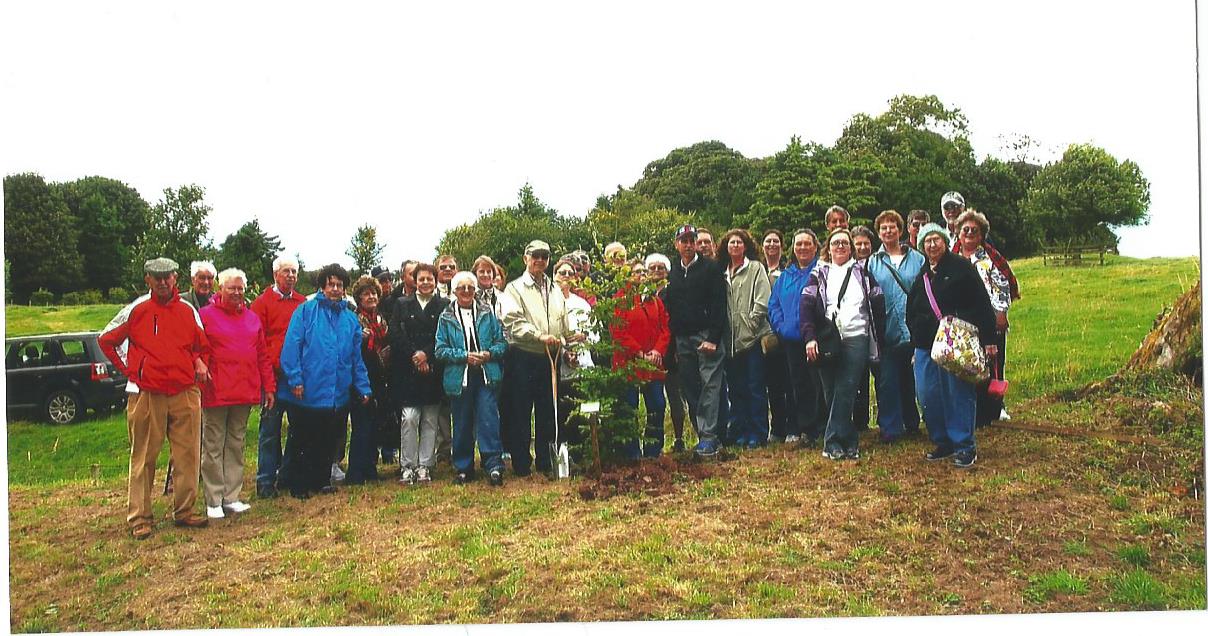
You must be logged in to post a comment.